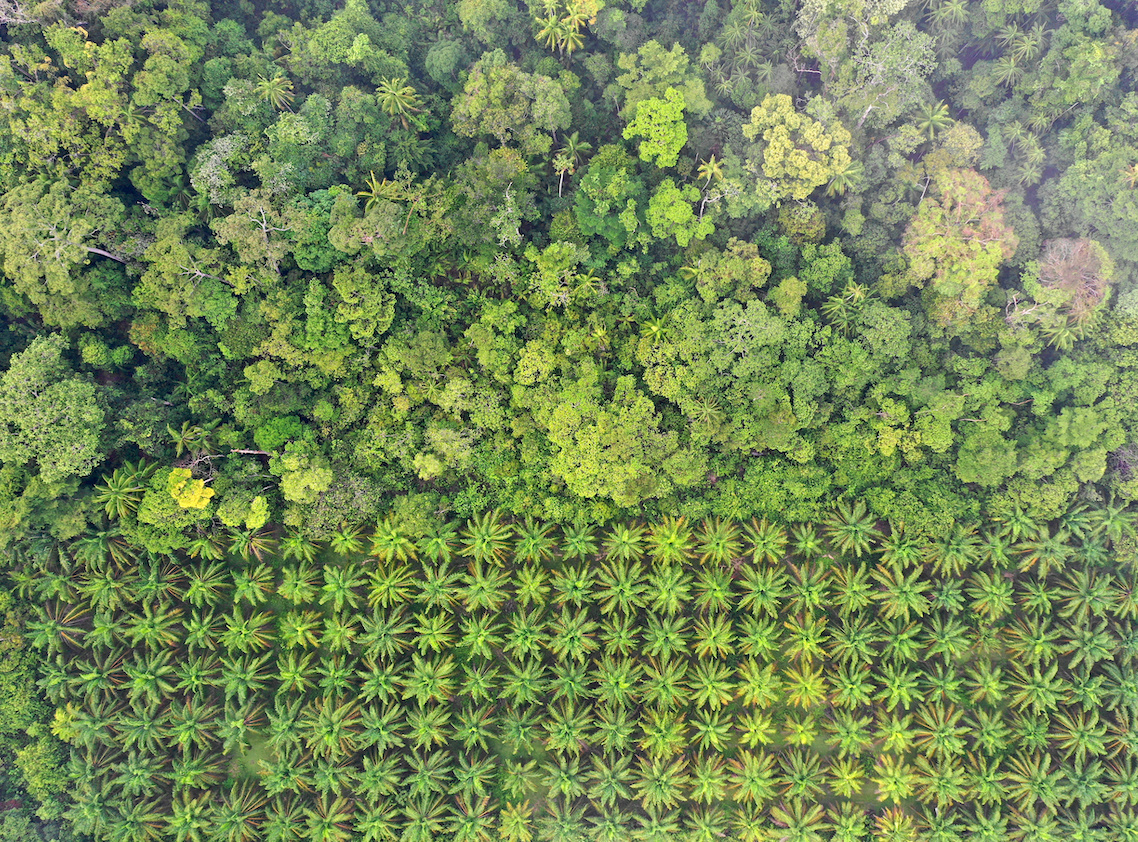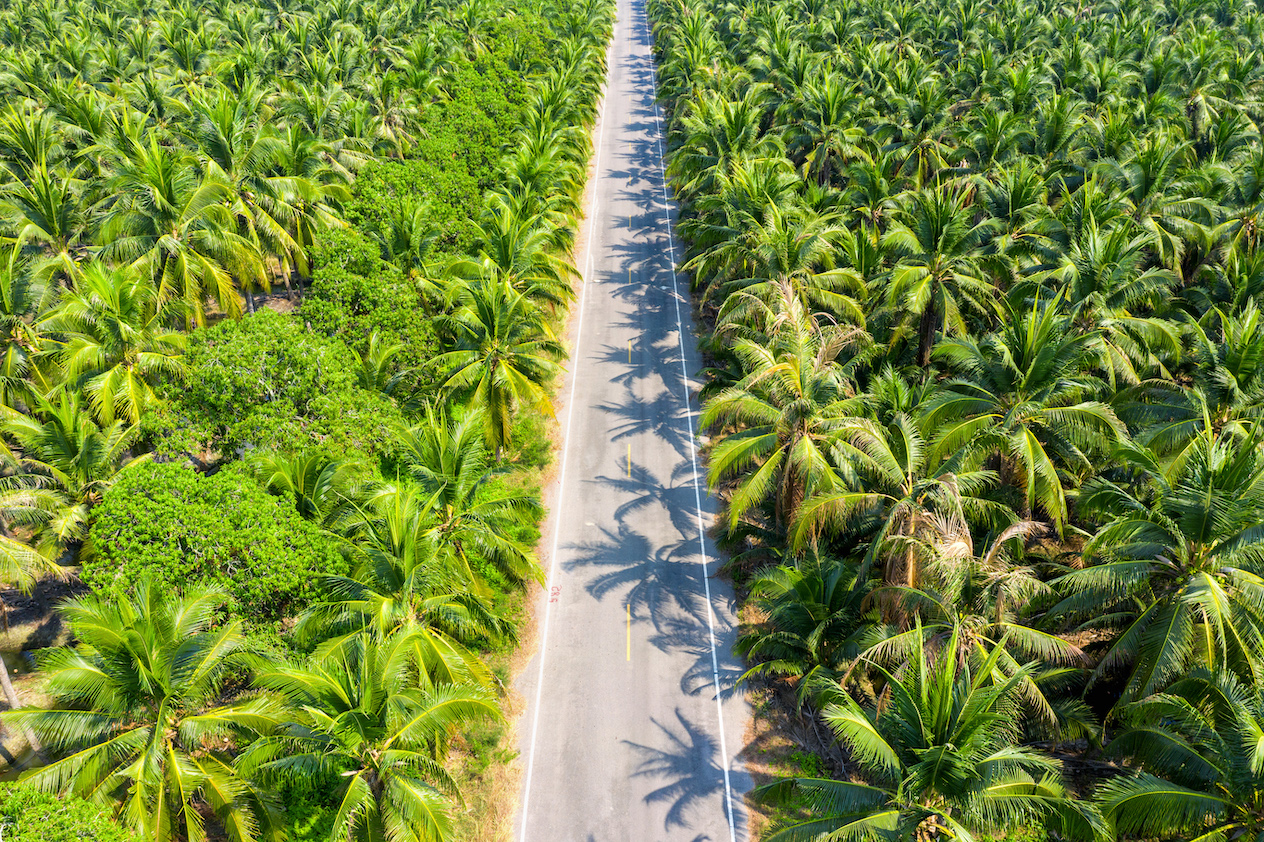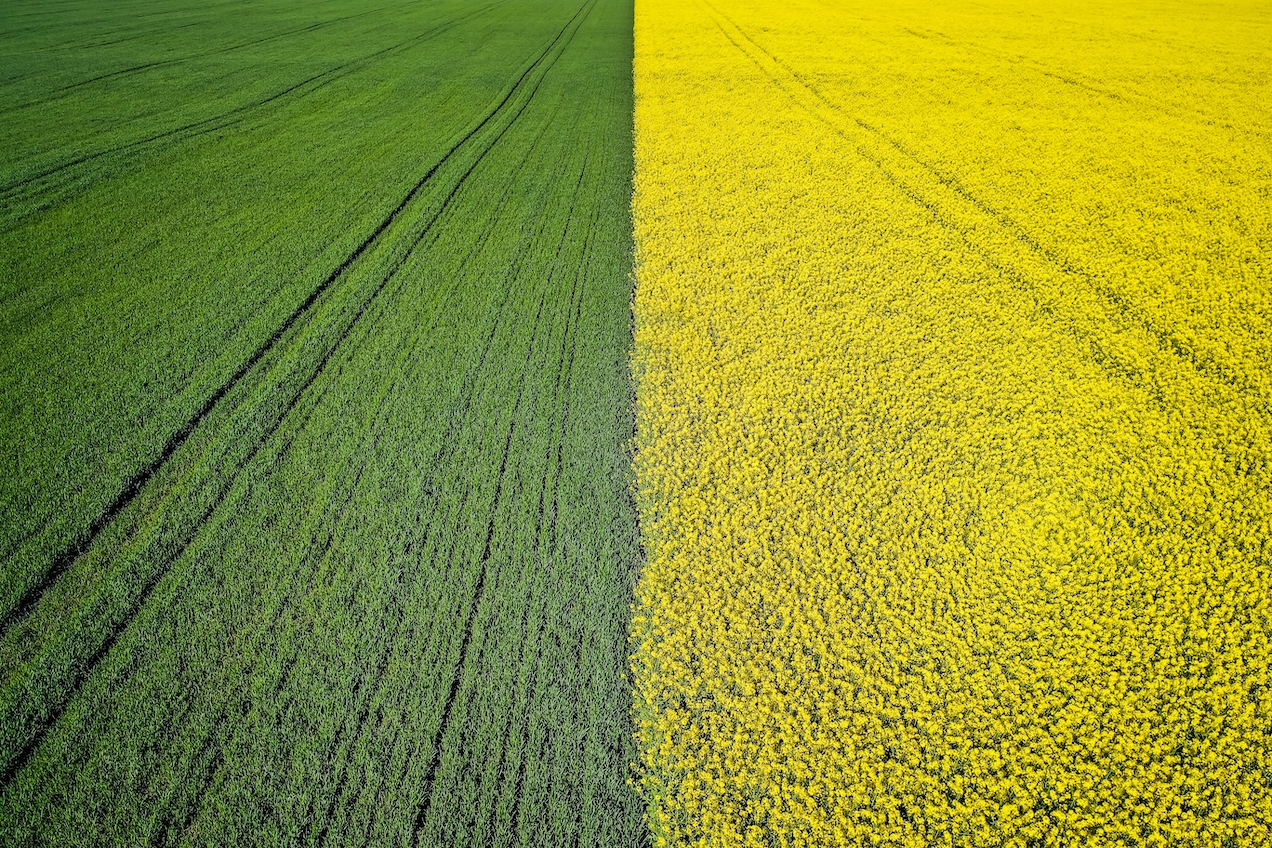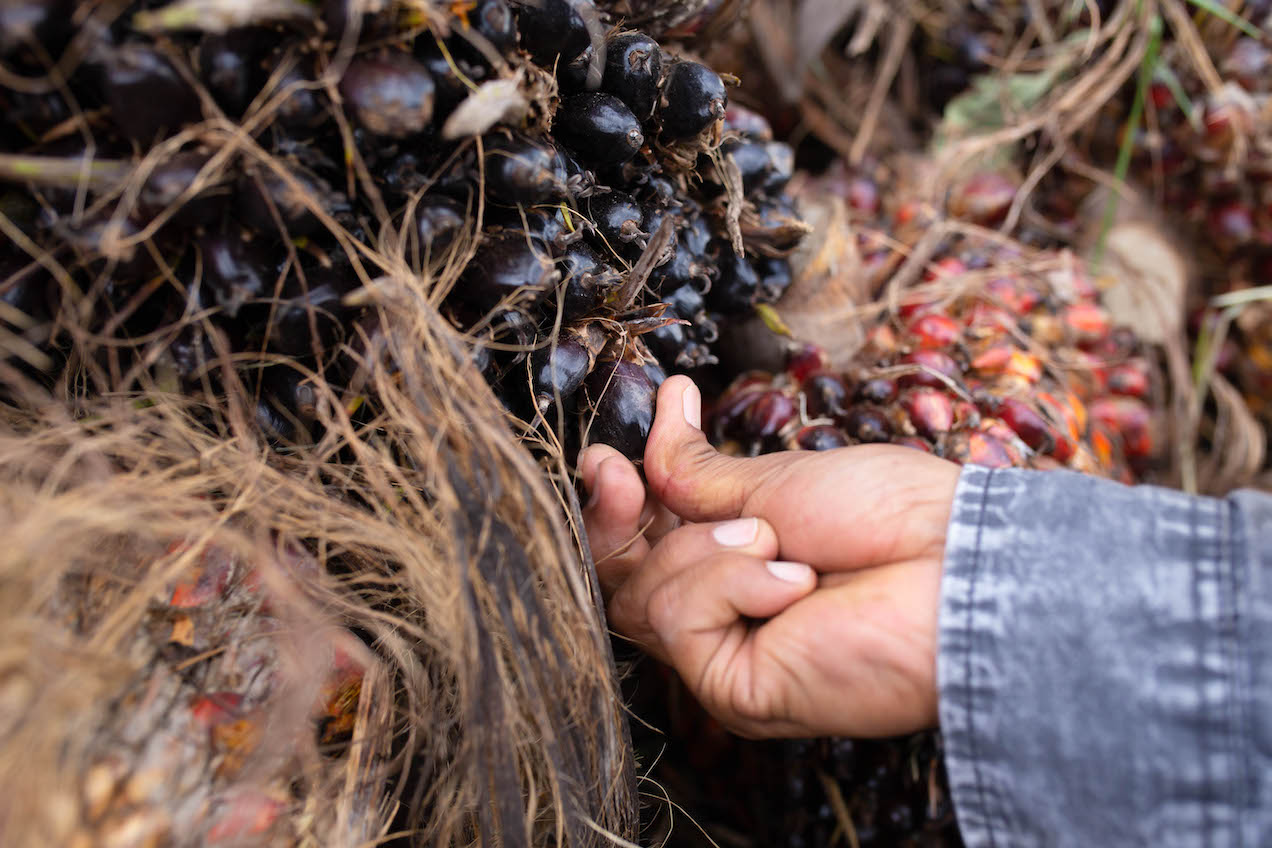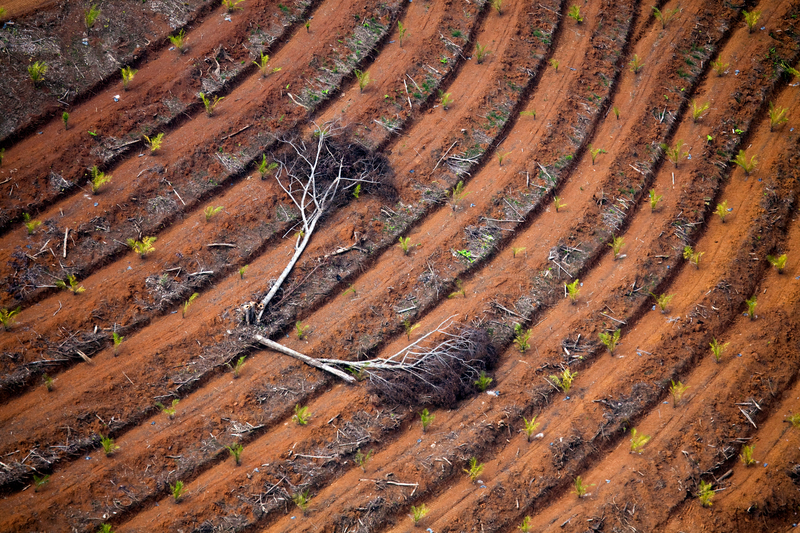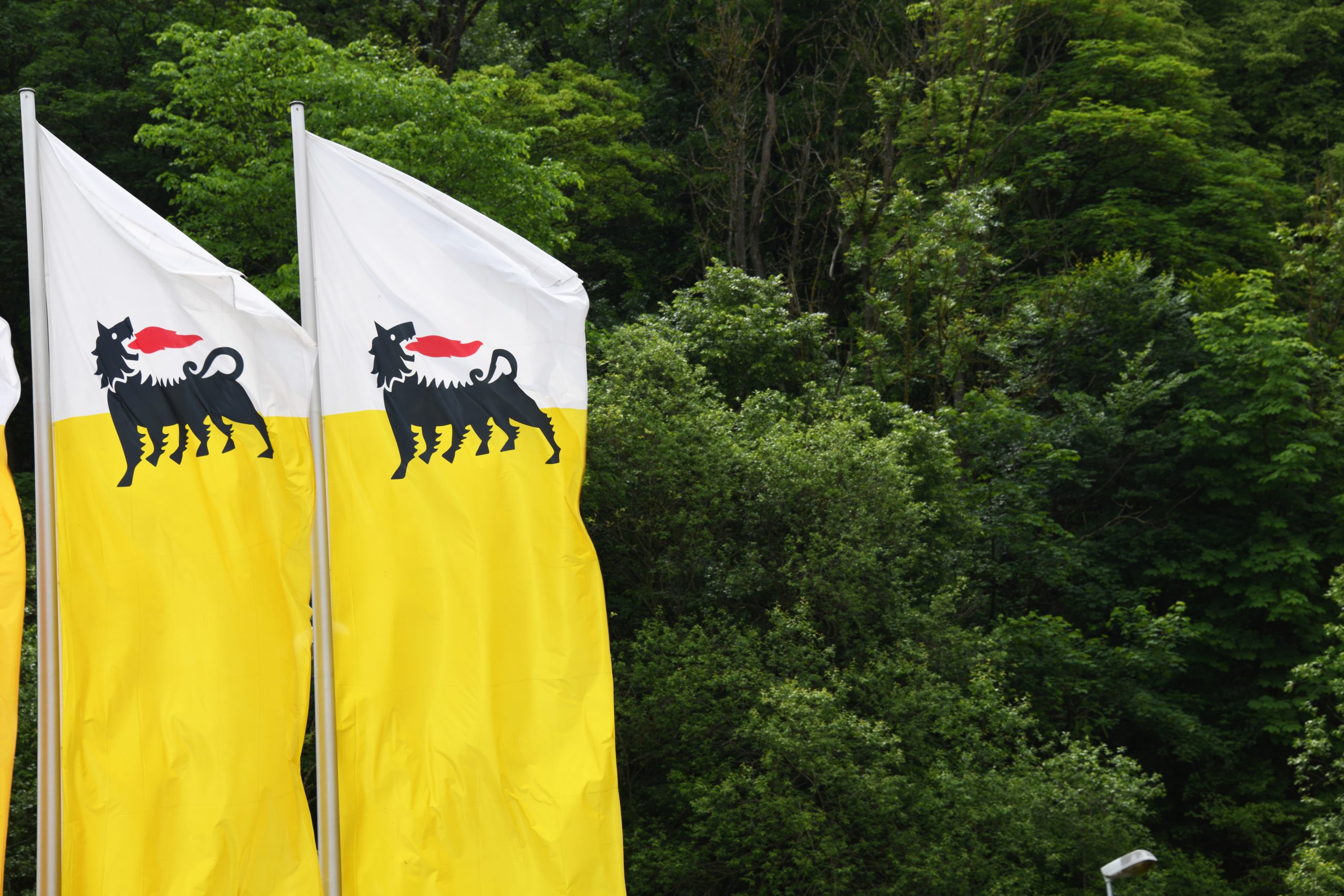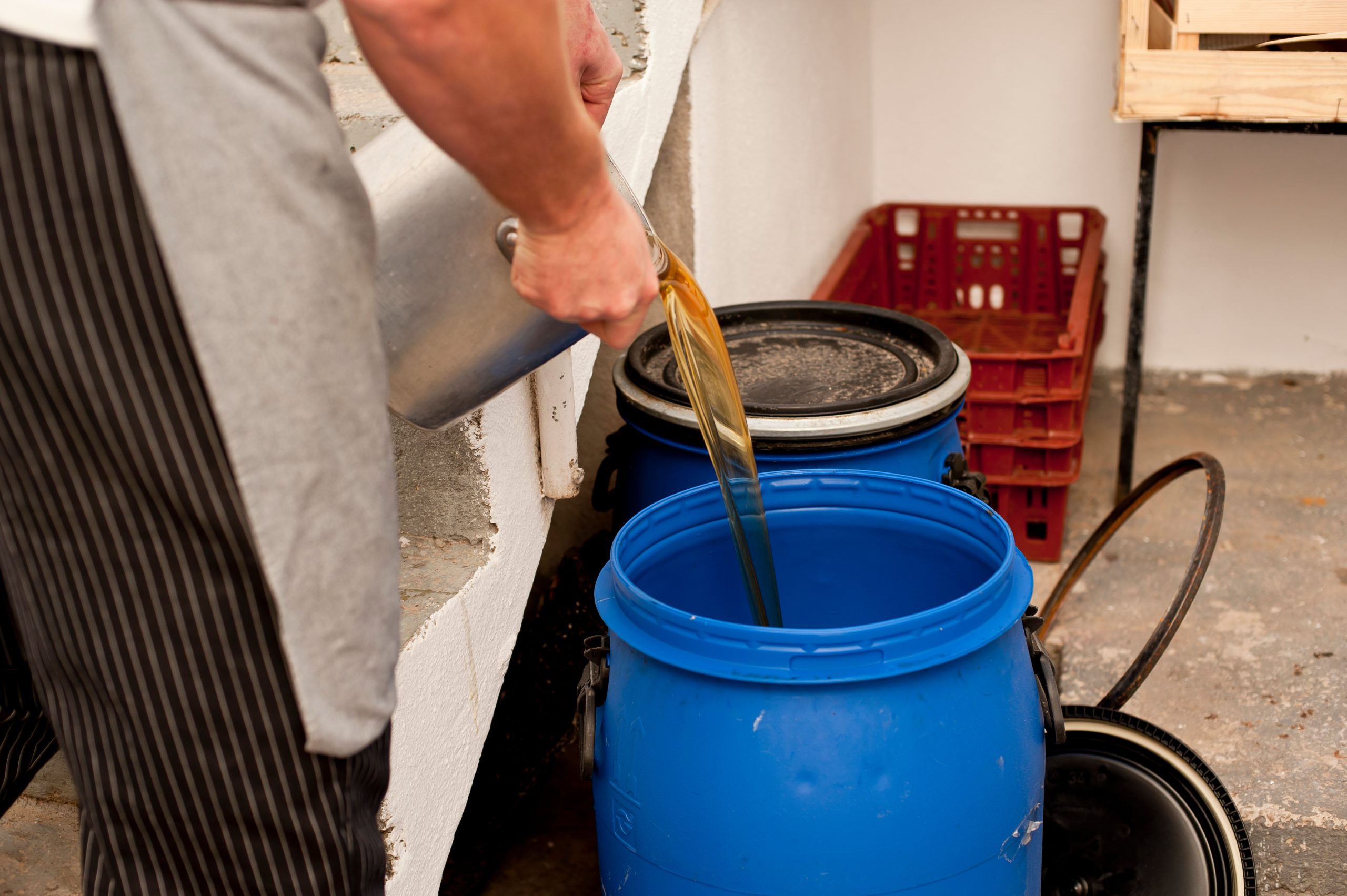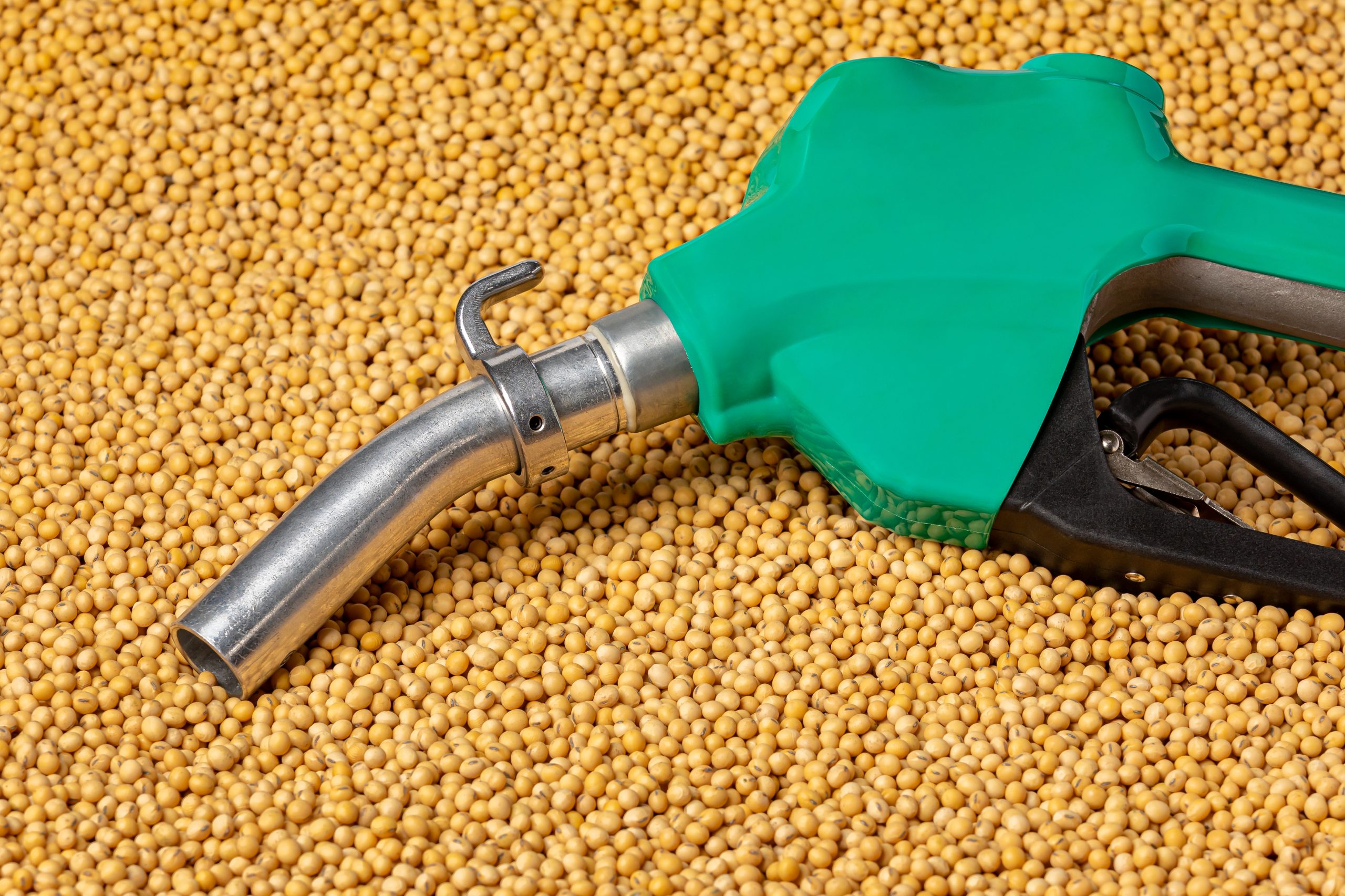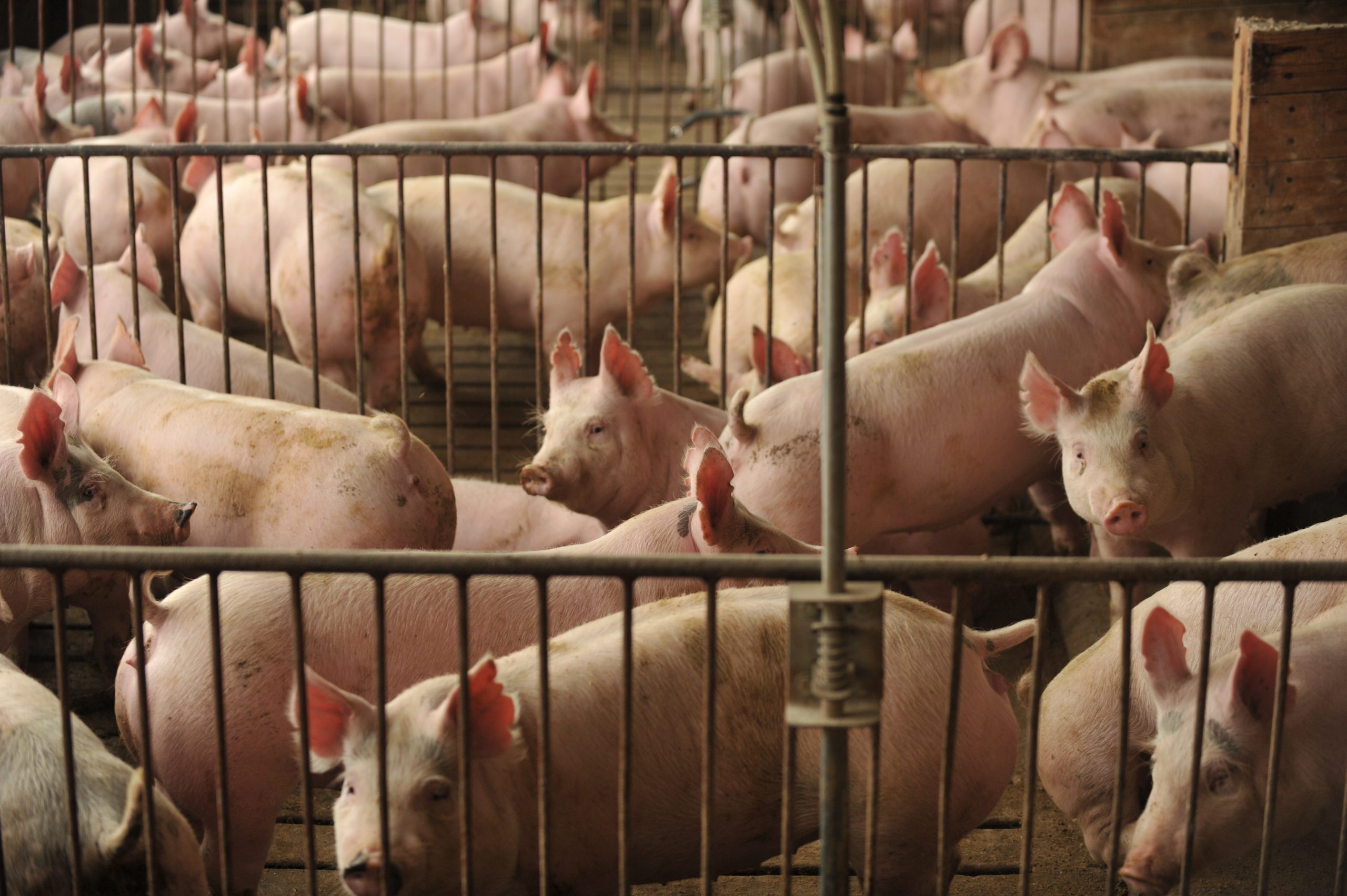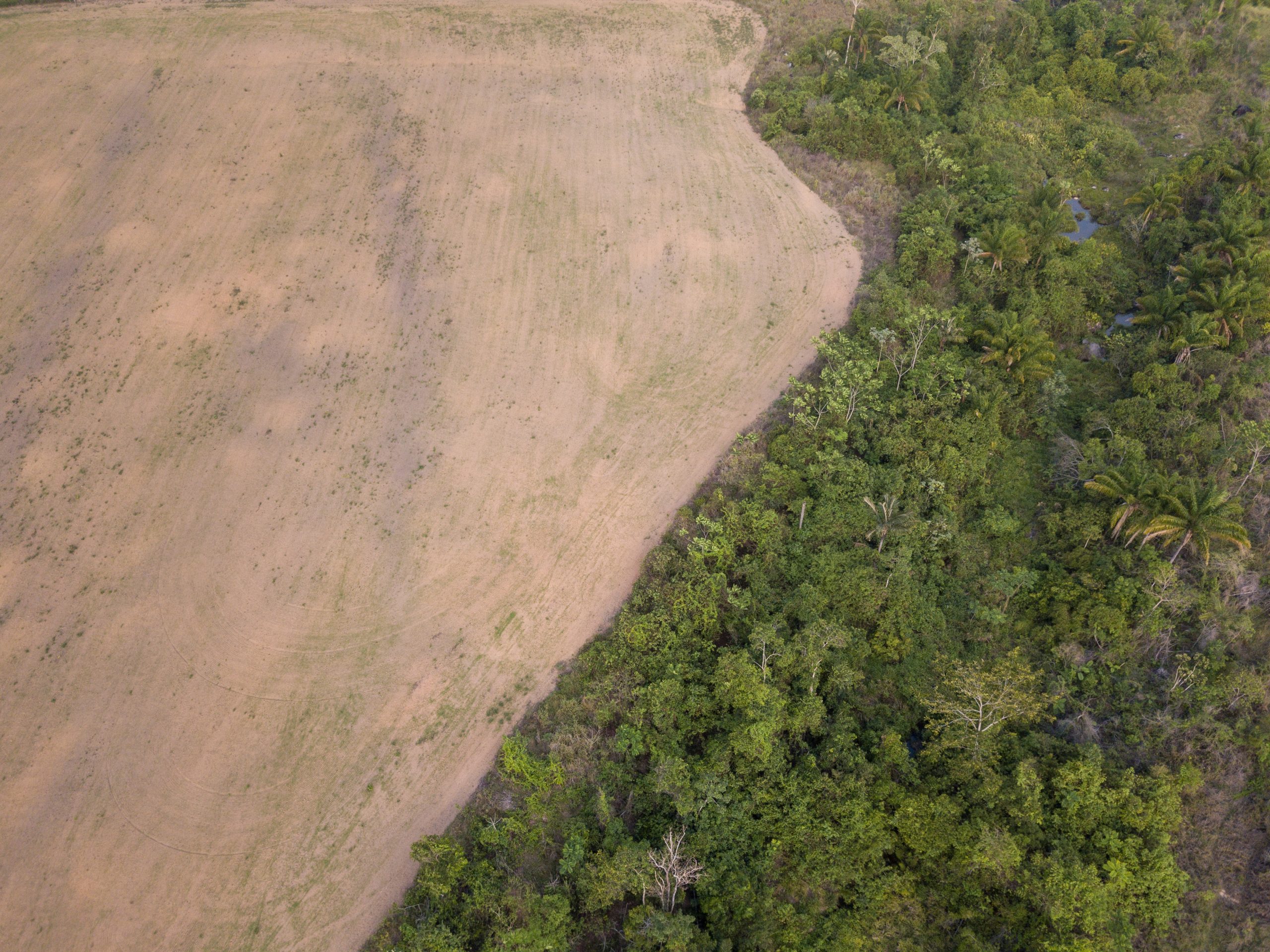What’s happening?
Adopted in 2009, the Renewable Energy Directive (RED) promotes the use of biofuels and other alternative fuels by setting a national target for the use of renewable energy in the transport sector – 10% of the energy consumed in transport must come from renewable sources by 2020. Alongside this, the Fuel Quality Directive (FQD) sets a carbon intensity reduction target of 6% on each fuel supplier in 2020. This has led to a rapid uptake of biofuels, mainly from food crops.
Since most agricultural land is already being used to produce food, new areas have to be found to meet the ever-increasing demand. This leads to deforestation and the destruction of rich ecosystems, which leads, in many cases, to more emissions than the fuels these biofuels replace. Emissions (resulting from what is known as indirect land-use change, or ILUC) are not taken into account by the EU biofuels policy. In some cases, these ILUC emissions are so high that some biofuels lead to higher GHG emissions than the fossil fuel they replace, when taking into account the whole life-cycle emissions. This is the case for biodiesel made from vegetable oils (rapeseed, palm oil, soy and sunflower).
Currently, around 80% of the EU biofuels market is made up of biodiesel, mainly produced from vegetable oils, and 20% consists of bioethanol. In addition, EU drivers are the top consumers of palm oil – more than half of all EU imports of palm oil end up in EU’s cars and trucks.
In an attempt to tackle the ILUC issue, EU legislators adopted a limitation to the amount of biofuels that can be used to meet the renewables targets and set a pathway for the uptake of advanced biofuels – ‘waste’ feedstocks like used cooking oil.
Phasing out the worst biofuels
In late 2018 the EU adopted an updated Renewable Energy Directive (“REDII”). The REDII keeps the limitation on crop based biofuels to the levels used by each EU member state in 2020 – a de facto freeze. It also sets a target for advanced fuels, which includes advanced biofuels, renewable electricity and renewable hydrogen and synthetic fuels.
In the context of the REDII, the EU took a landmark decision to phase out support for high deforestation risk biofuels by 2030. This means that the contribution of palm oil biodiesel (the only one considered high risk so far) towards the renewables targets will be frozen and gradually decreased until its complete phase-out in 2030. While this is a step in the right direction, the phase-out should occur even earlier given the negative impacts linked to palm oil biodiesel. The phase-out should also apply to other high risk biofuel feedstocks, such as soy oil.
In the context of the EU Green Deal, the EU will review once again its renewable energy rules, including for transport.
Key statistics
| Biofuels and the Renewable Energy Directive | The EU REDII limits the use of food and feed biofuels in 2030 to the volume used by EU member states in 2020 (with 1% flexibility and maximum 7%). There is a dedicated target for the use of advanced fuels such as renewable electricity in transport and advanced biofuels made from wastes and residues. Recently, the EU adopted a delegated act which labels palm oil diesel as unsustainable, meaning that this biofuel will no longer be counted as a green fuel to meet the EU’s 2030 renewable targets, although exemptions remain. |
| What is ILUC (indirect land-use change)? | The EU renewables targets (RED and REDII) have driven the use of crop biofuels, generating high demand for agricultural land.Carbon stores such as forests and peatlands are converted to crop fields, which results in a loss of biodiversity and increases in greenhouse gas emissions as sequestered carbon is liberated. These indirect emissions are not taken into account in the EU rules. |
| How much land will be converted? | According to the Globiom study, land expansion leads to 6.7 million hectares of land conversion globally when assuming a 7% cap for food-based biofuels. |
| GHG benefits | According to the EEA, the average GHG intensity of transport fuels in 2018 was only 2.1 % lower than in 2010, when taking into account ILUC impacts (3.7% without ILUC). |
| Risky biodiesel | The amount of palm oil used in biodiesel has increased significantly in recent years. Cars and trucks now burn more than half of all the palm oil imported in Europe. Soy oil is becoming a popular feedstock for biodiesel in Europe. Its use in biodiesel production has doubled since 2015. |
